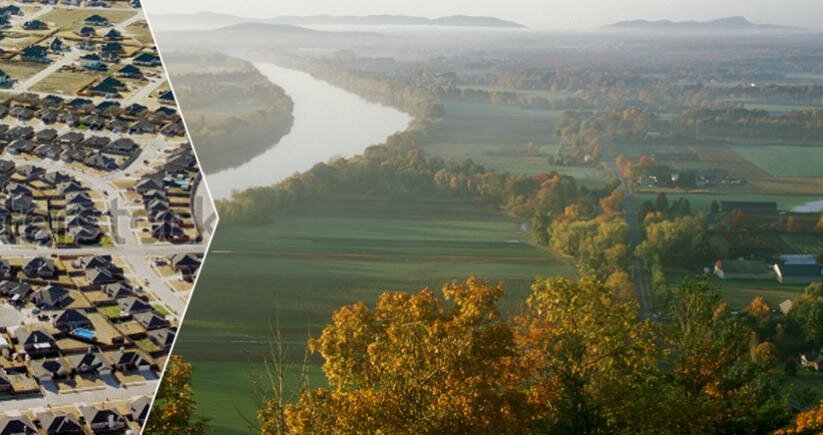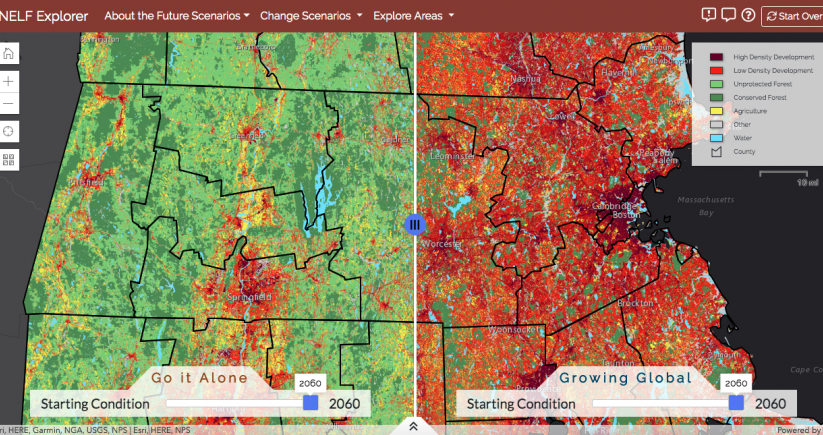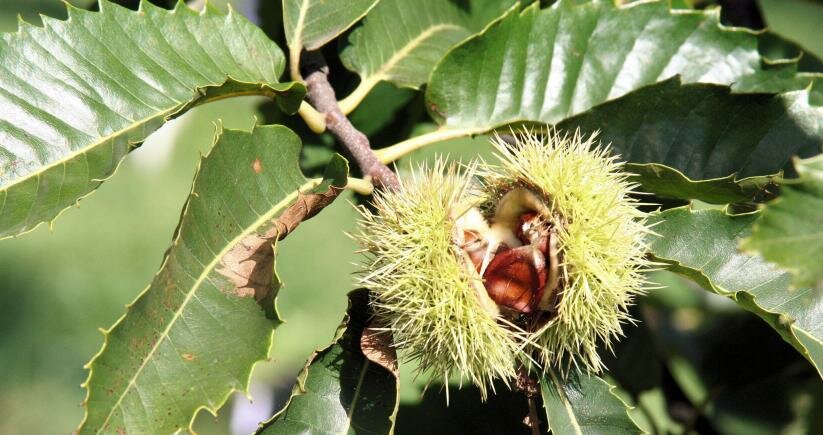
Projects

|

|
|
New England Landscape Futures |
Forest Pests and Pathogens |
|
|
Scientists, business owners, government officials, landowners and non-profit representatives are developing four scenarios to anticipate future changes to the New England landscape. |
Imported forest pests are the most pressing, and under-appreciated, forest health issue in the US today. Common-sense prevention measures can reduce the arrival and establishment of new forest pests. |
|

|
|
|
Wildlands and Woodlands |
|
|
|
A New England conservation vision to preserve our forests for people, nature, and future generations. MORE |














